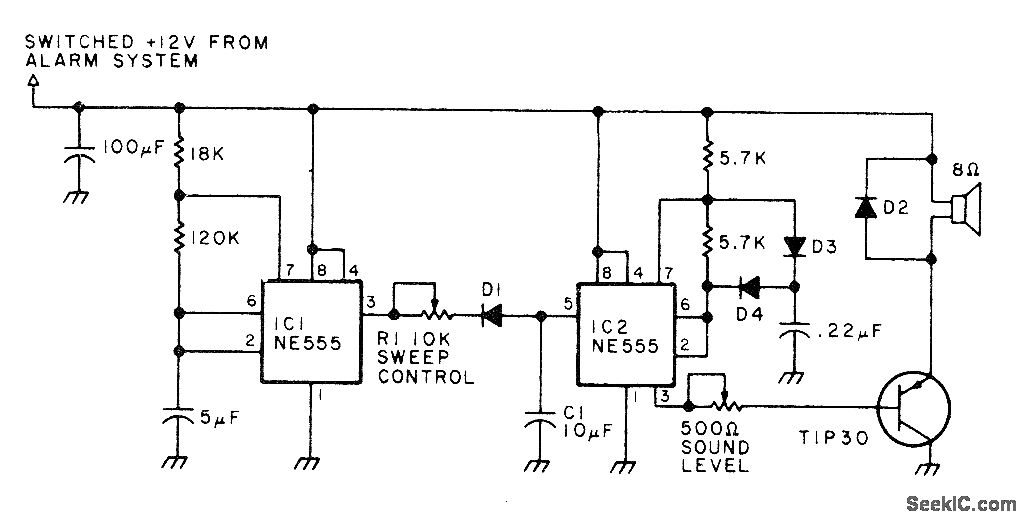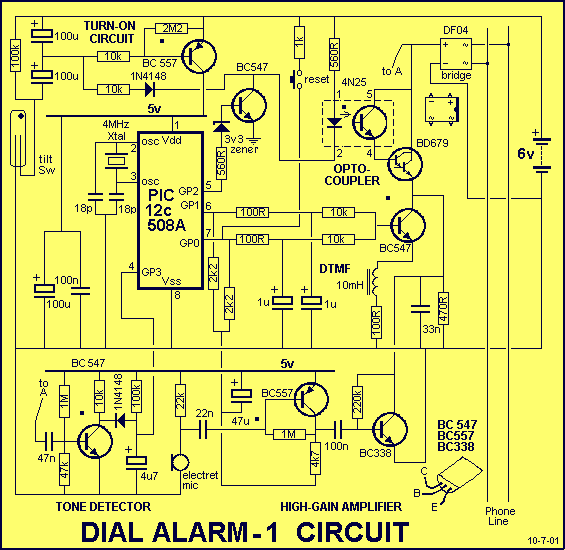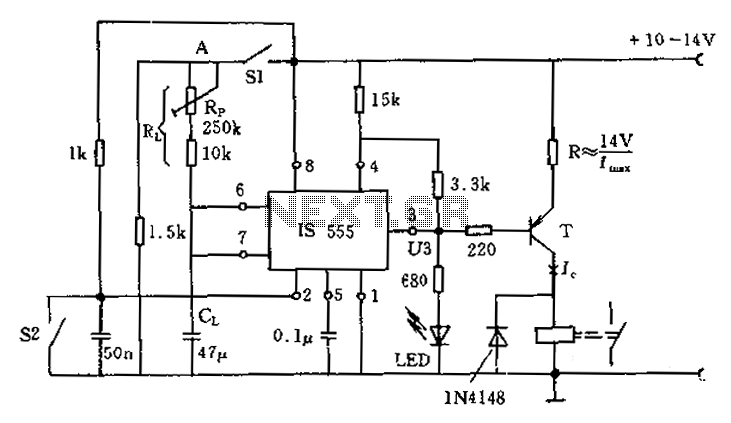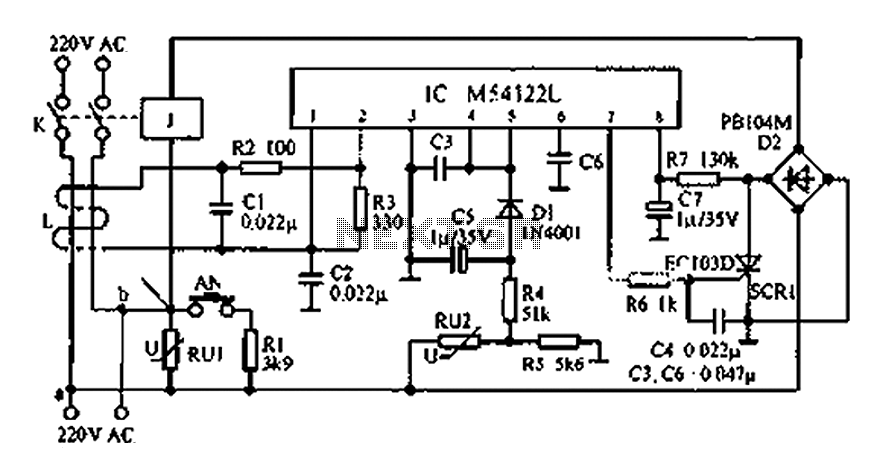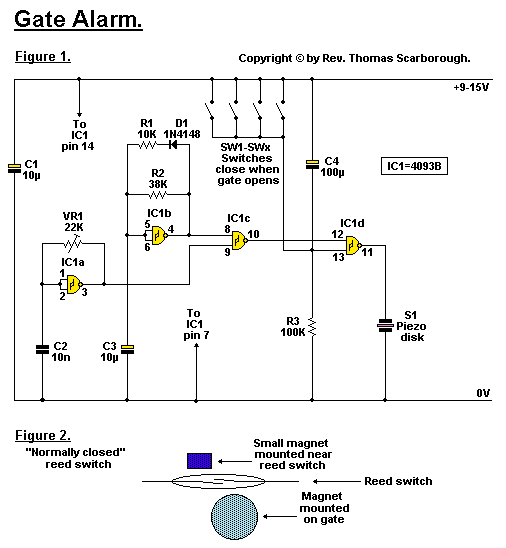
mcus for a gas leak alarm

When a gas leak occurs, a gas leak alarm must detect the problem immediately and issue an alarm. The gas detection sensor typically used in these types of alarms sends an amplified signal from the sensor to the controlling MCU. The MCU requires an onboard A/D converter to read the level of the signal to be able to identify when a leak occurs. Additionally, the MCU needs a timer function to provide notification, either visual or audible, when a gas leak is detected. Renesas' 78K0S/Kx1+ and R8C/Tiny Series integrate an A/D converter for reading the sensor signal and a timer function to sound a buzzer. These on-chip functions reduce the number of external components required, allowing for a compact and lightweight design, reducing power consumption, and lowering cost. These MCUs are suitable for gas leak alarm applications.
In a gas leak detection system, the primary components include a gas detection sensor, a microcontroller unit (MCU), and notification outputs. The gas sensor is designed to detect specific gases, such as methane or propane, and generates an analog signal proportional to the concentration of gas present. This signal is then amplified and transmitted to the MCU, which is responsible for processing the data.
The MCU, such as those from the Renesas 78K0S/Kx1+ or R8C/Tiny Series, is equipped with an onboard analog-to-digital (A/D) converter. This A/D converter converts the analog signal from the gas sensor into a digital format that the MCU can process. By analyzing the digital signal, the MCU can determine if the gas concentration exceeds a predefined threshold, indicating a potential leak.
In addition to signal processing, the MCU incorporates a timer function that is essential for managing the notification system. Upon detecting a gas leak, the MCU can activate visual indicators, such as LEDs, or audible alarms, such as buzzers. This notification can be immediate or delayed, depending on the application requirements and the timer settings programmed into the MCU.
The integration of the A/D converter and timer function within the MCU significantly simplifies the overall design of the gas leak alarm system. By minimizing the need for external components, the design becomes more compact and lightweight, which is advantageous for installation in various environments. Furthermore, the reduced component count contributes to lower power consumption and cost, making these MCUs highly suitable for gas leak alarm applications. The efficient design and functionality of these microcontrollers ensure reliable gas leak detection and prompt alerting, which are critical for safety in residential and industrial settings.When a gas leak occurs, a gas leak alarm must detect the problem immediately and issue an alarm. The gas detection sensor typically used in these types of alarms sends an amplified signal from the sensor to the controlling MCU. The MCU requires an on board A/D converter to read the level of the signal to be able to identify when a leak occurs.
Inaddition, the MCU needs a timer function to provide notification, either visual or audible, when a gas leak is detected. Renesas` 78K0S/Kx1+ and R8C/Tiny Series integrate an A/D converter for reading the sensor signal and a timer function to sound a buzzer.
These on-chip functions reduce the number of external components required, allowing for a compact and lightweight design, reducing power consumption, and lowering cost. These MCUs are suitable for gas leak a compact and lightweight design, reducing power consumption, and lowering cost.
These MCUs are suitable for gas leak alarm applications. 🔗 External reference
In a gas leak detection system, the primary components include a gas detection sensor, a microcontroller unit (MCU), and notification outputs. The gas sensor is designed to detect specific gases, such as methane or propane, and generates an analog signal proportional to the concentration of gas present. This signal is then amplified and transmitted to the MCU, which is responsible for processing the data.
The MCU, such as those from the Renesas 78K0S/Kx1+ or R8C/Tiny Series, is equipped with an onboard analog-to-digital (A/D) converter. This A/D converter converts the analog signal from the gas sensor into a digital format that the MCU can process. By analyzing the digital signal, the MCU can determine if the gas concentration exceeds a predefined threshold, indicating a potential leak.
In addition to signal processing, the MCU incorporates a timer function that is essential for managing the notification system. Upon detecting a gas leak, the MCU can activate visual indicators, such as LEDs, or audible alarms, such as buzzers. This notification can be immediate or delayed, depending on the application requirements and the timer settings programmed into the MCU.
The integration of the A/D converter and timer function within the MCU significantly simplifies the overall design of the gas leak alarm system. By minimizing the need for external components, the design becomes more compact and lightweight, which is advantageous for installation in various environments. Furthermore, the reduced component count contributes to lower power consumption and cost, making these MCUs highly suitable for gas leak alarm applications. The efficient design and functionality of these microcontrollers ensure reliable gas leak detection and prompt alerting, which are critical for safety in residential and industrial settings.When a gas leak occurs, a gas leak alarm must detect the problem immediately and issue an alarm. The gas detection sensor typically used in these types of alarms sends an amplified signal from the sensor to the controlling MCU. The MCU requires an on board A/D converter to read the level of the signal to be able to identify when a leak occurs.
Inaddition, the MCU needs a timer function to provide notification, either visual or audible, when a gas leak is detected. Renesas` 78K0S/Kx1+ and R8C/Tiny Series integrate an A/D converter for reading the sensor signal and a timer function to sound a buzzer.
These on-chip functions reduce the number of external components required, allowing for a compact and lightweight design, reducing power consumption, and lowering cost. These MCUs are suitable for gas leak a compact and lightweight design, reducing power consumption, and lowering cost.
These MCUs are suitable for gas leak alarm applications. 🔗 External reference
